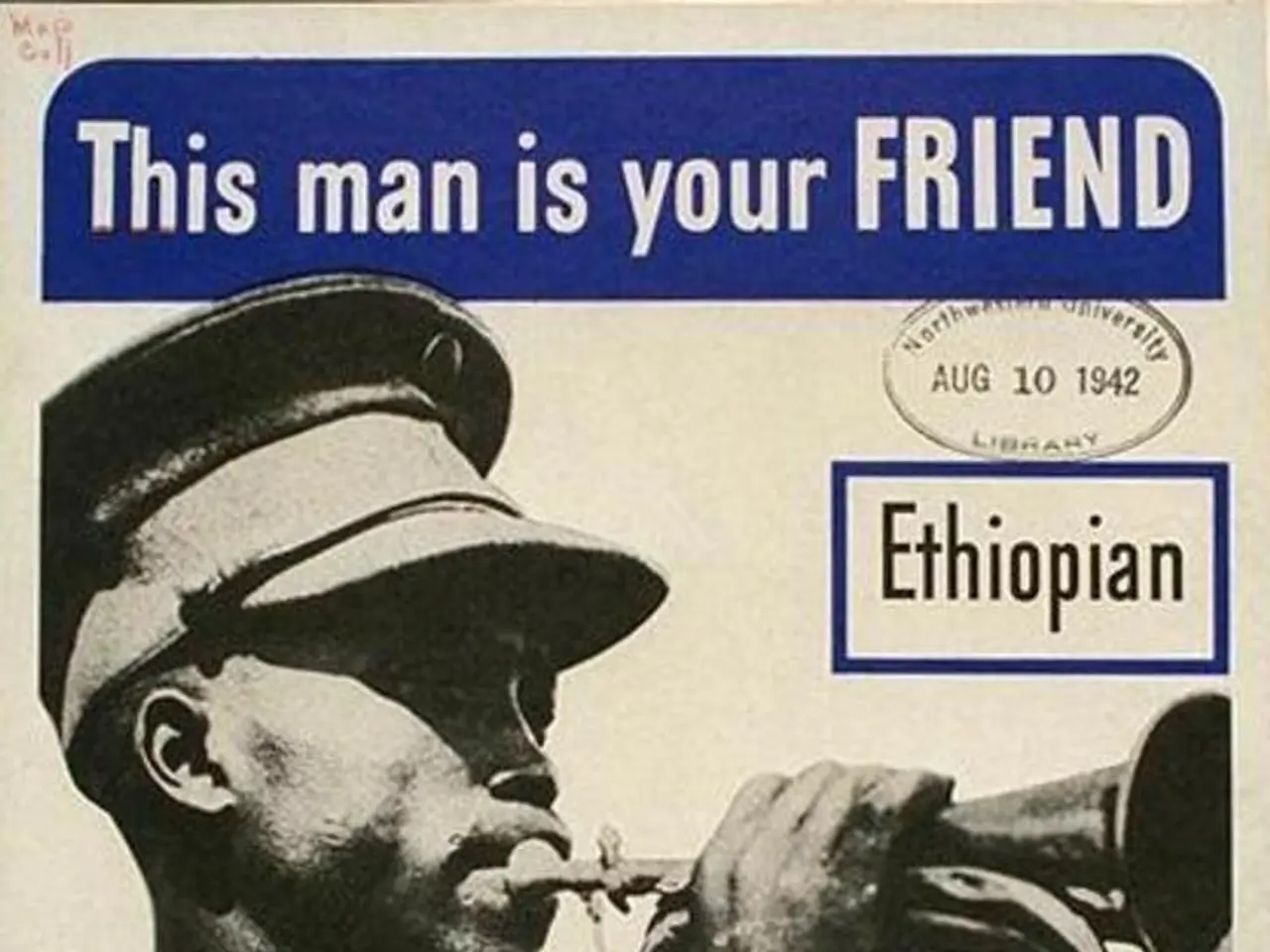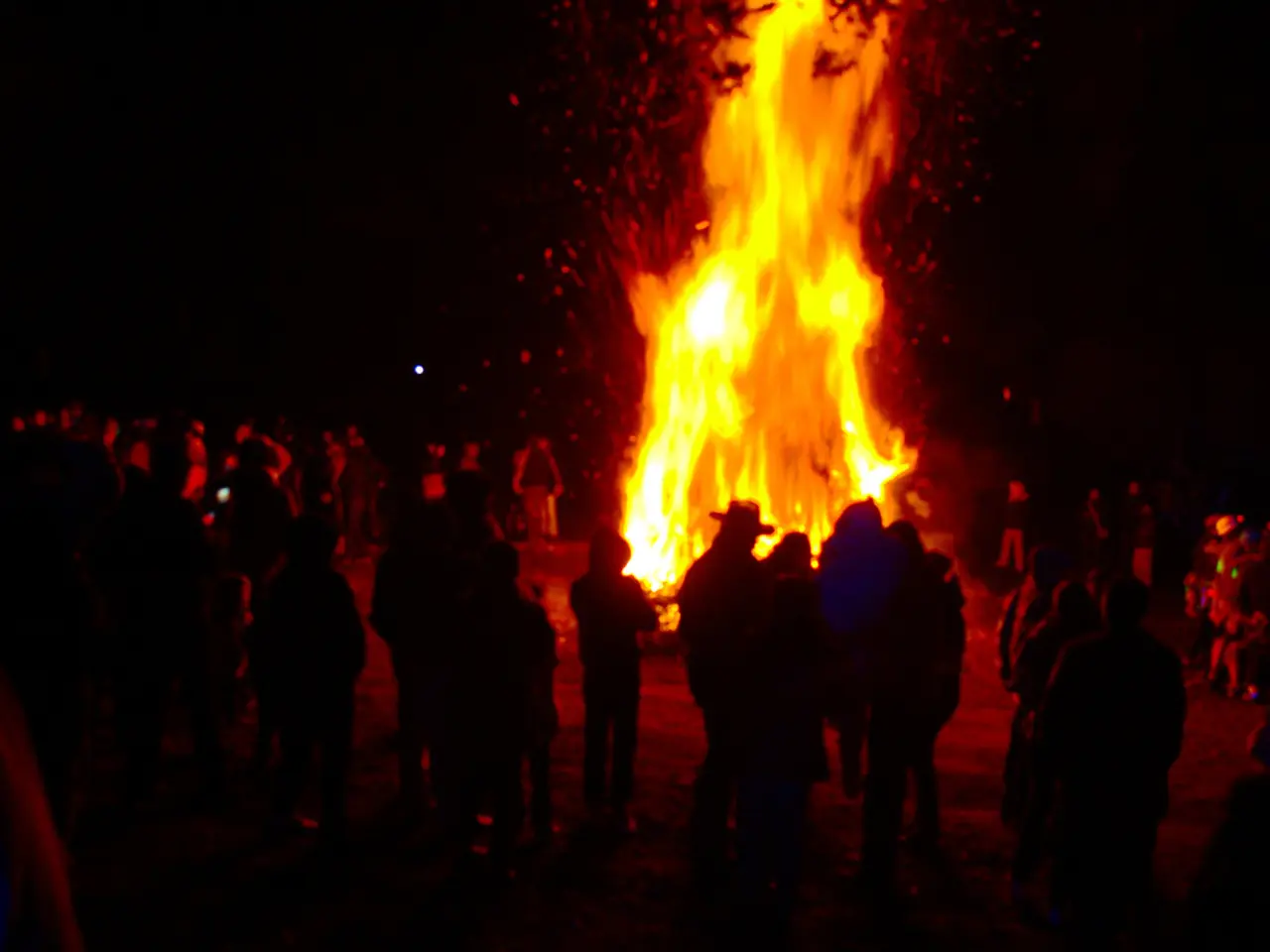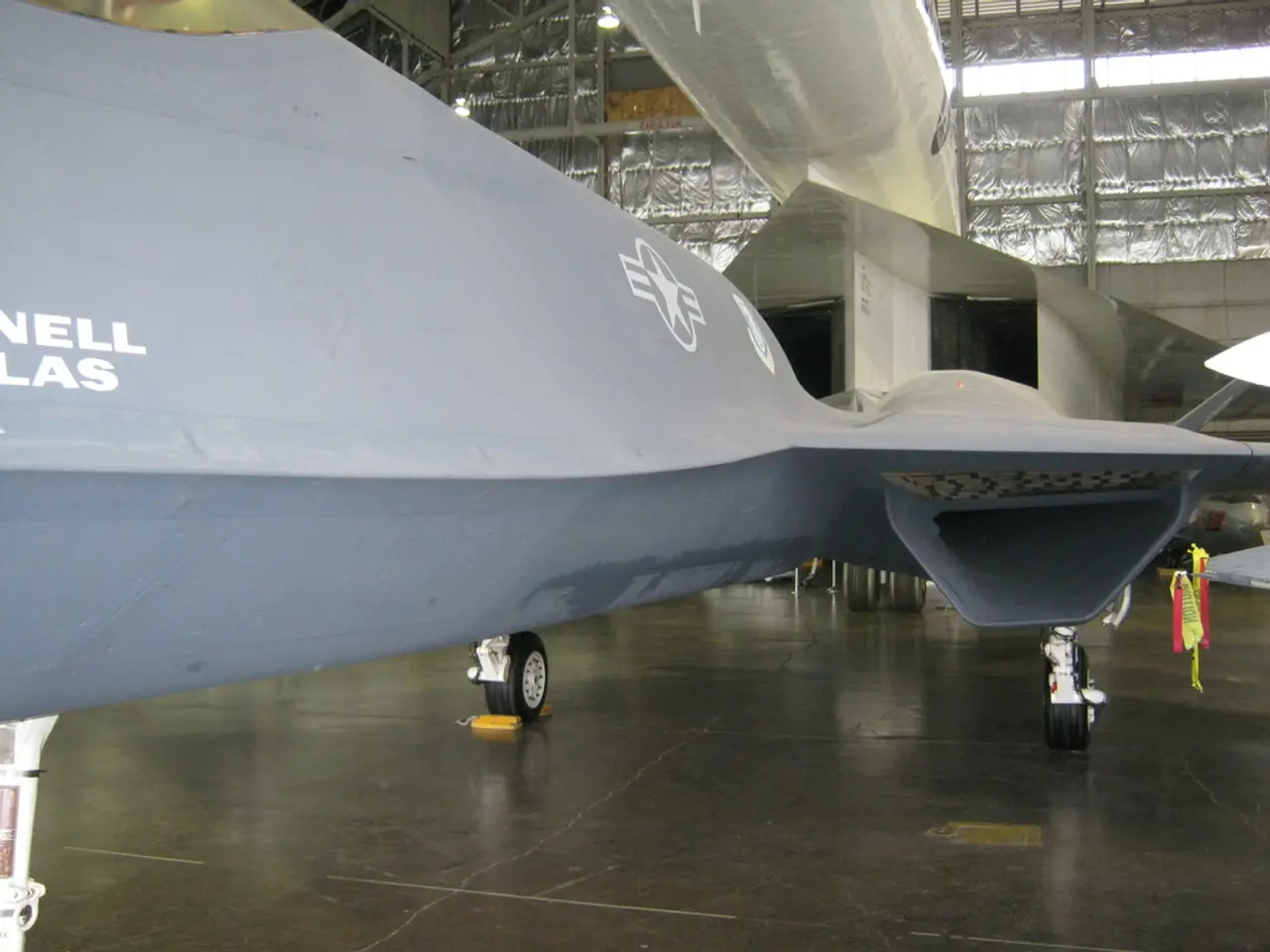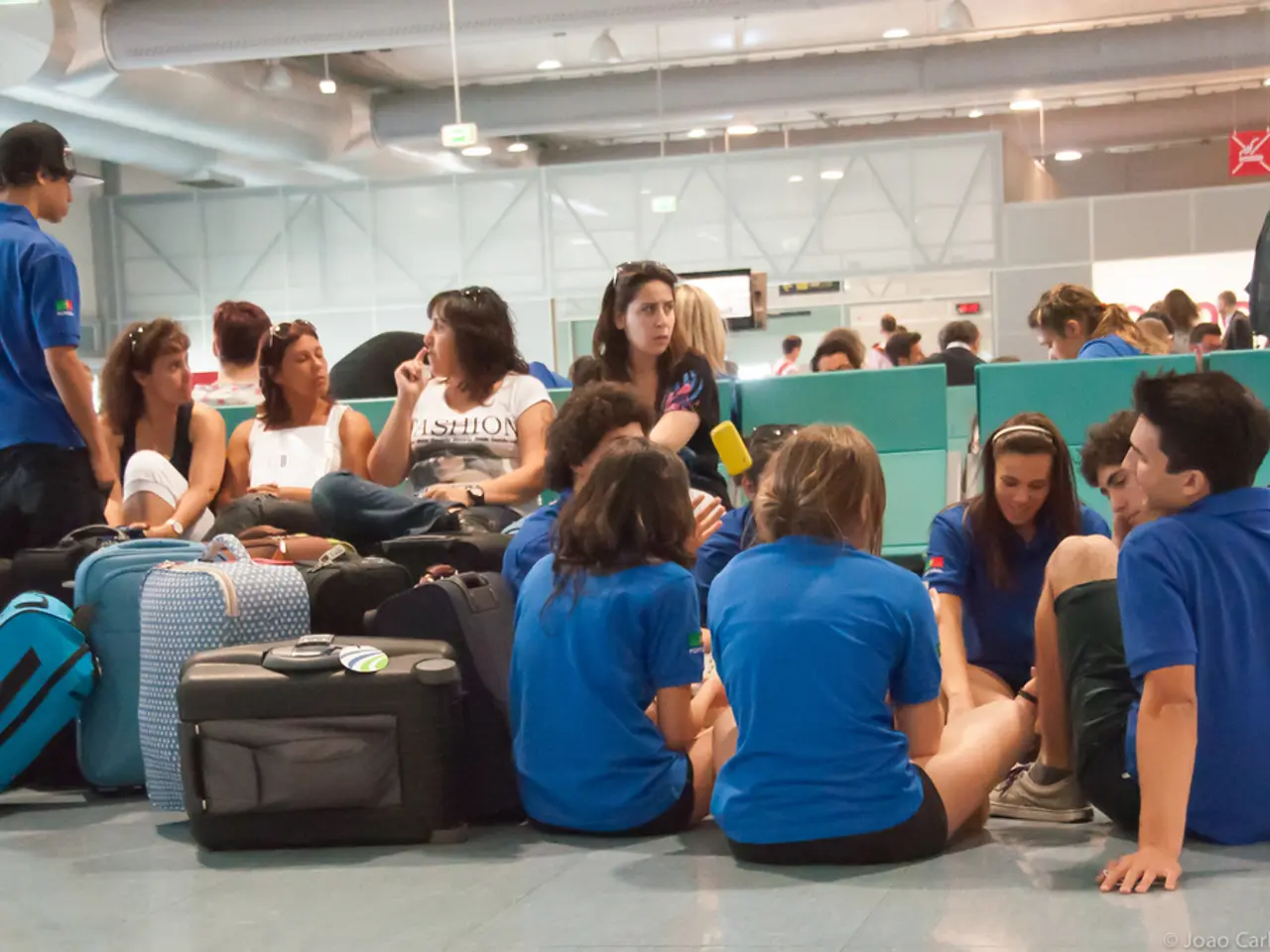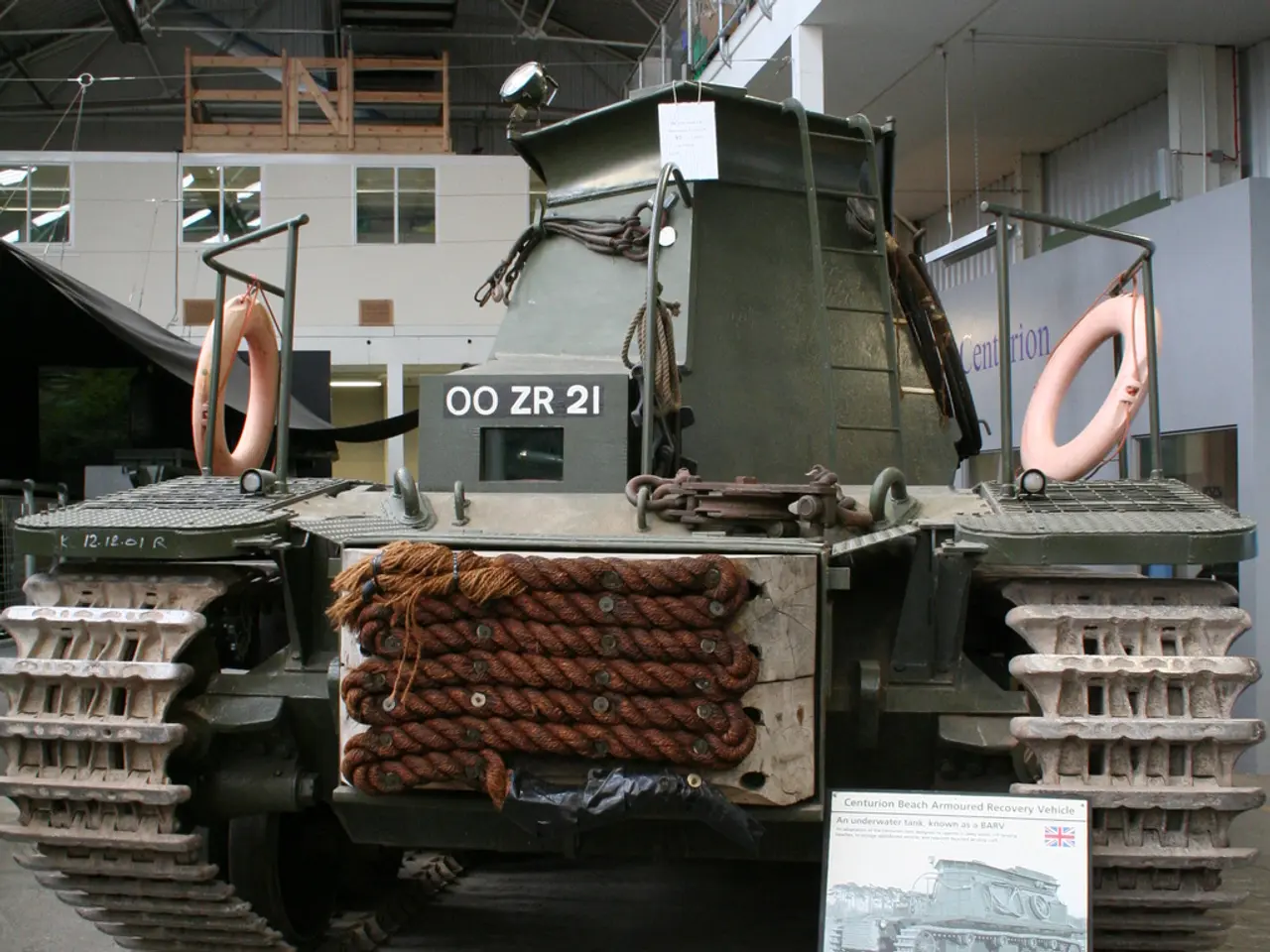Aircraft of Southwest Airlines experiences a rapid descent due to a nearby crossing fighter jet over the Los Angeles area.
During a near-collision incident that occurred less than six minutes after takeoff from Hollywood Burbank Airport near Los Angeles, Southwest Airlines Flight 1496 narrowly avoided disaster when a privately-owned Hawker Hunter fighter jet crossed less than two miles in front of the commercial plane.
The incident, which took place on Friday, involved a Boeing 737 operated by Southwest Airlines. Most commercial planes, including the one in question, are equipped with a Traffic Alert and Collision Avoidance System (TCAS). In this case, the TCAS was functioning, and it played a critical role in alerting the pilots and guiding evasive action to avoid a mid-air collision.
According to Southwest Airlines, their flight crew immediately responded to the onboard traffic alerts after takeoff, executing a rapid descent of about 475 feet. The TCAS system works independently of ground air traffic control, searching nearby airspace using radio frequencies from transponders in other aircraft. It can direct pilots to climb or descend to avoid getting too close to other planes.
However, there is no confirmed evidence that the Hawker Hunter's collision avoidance system was operational during this event. Reports focus primarily on the Southwest Boeing 737's TCAS response. CNN has reached out to Hunter Aviation International, the registered owner of the fighter jet, for comment.
No passengers were hurt in the incident, but two Southwest flight attendants are being treated for injuries. Passenger Steve Ulasewicz described the incident as a "long free fall," adding that there was terror, people screaming, and pandemonium in the cabin.
The Federal Aviation Administration (FAA) is investigating the incident. The Southwest plane dropped about 475 feet and then went back up about 600 feet over the course of about a minute, according to Flightradar24. Despite the close call, the pilots maneuvered the plane to avoid a midair collision and the flight continued its 39-minute journey to Las Vegas, landing about nine minutes ahead of schedule.
The fighter jet, on the other hand, went up about 100 feet in just a few seconds. The final destination of the flight was Las Vegas.
The investigation by the Federal Aviation Administration (FAA) has raised questions about the collision avoidance system of the Hawker Hunter fighter jet involved in the incident, particularly since no confirmatory evidence of its operation has been found. The aviation industry is closely watching this case, as it may influence future discussions on the necessities of collision avoidance systems in all aircraft within the transportation sector, especially in finance-supported private aircraft such as this one.

